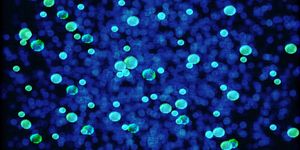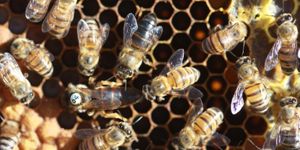Fixing the Ozone Layer Resulted in Other Environmental Pollution
The Montreal Protocol on Substances that Deplete the Ozone Layer was enacted in 1987. A new study has revealed that the chemicals that replaced the ozone-depleting ones have created another problem by introducing harmful, persistent chemicals into the environment.
The research was conducted by York University in Toronto, Canada and Environment and Climate Change Canada. The results were published last month in Geophysical Research Letters. According to the study, Perfluoroalkyl carboxylic acids (PFCAs) are resistant to environmental degradation and may have negative impacts on environmental and human health. An article from York University explains that PFCAs are part of the perfluoroalkyl substances (PFAS) class of human-made chemicals used in both industrial processes and commercial products.
The York University article states that these compounds can travel long distances through the atmosphere, and then end up in lakes, rivers, and wetlands. The study explains that once these compounds enter the water cycle, they cannot be removed. Additionally, the study cites that the compounds “accumulate in edible plants and are not removed by current drinking water treatment technologies, allowing for multiple pathways of human exposure.” The York University article reports that PFAS compounds have already been found accumulating in human blood, in addition to fruits, vegetables, and other crops.
To assess the presence of PFAS compounds, the research team sampled ice cores from two locations in Canada’s high Arctic region. As Cora Young, study co-author and assistant professor, explains in the video, the ice cores are comparable to a time capsule because of the way pollutants deposit into the environment over time. By studying the ice cores, the research team could analyze trends in pollutant deposition. One ice core dated back 40 years, and the other dated back 50 years.
The team discovered an increase in the deposition of PFAS compounds starting around 1990, which shows a strong relationship between the timing of the changes made because of the Montreal Protocol. In the York University article, Young says, “our results suggest that global regulation and replacement of other environmentally harmful chemicals contributed to the increase of these compounds in the Arctic, illustrating that regulation can have important unanticipated consequences.”
Sources: Geophysical Research Letters, York University









